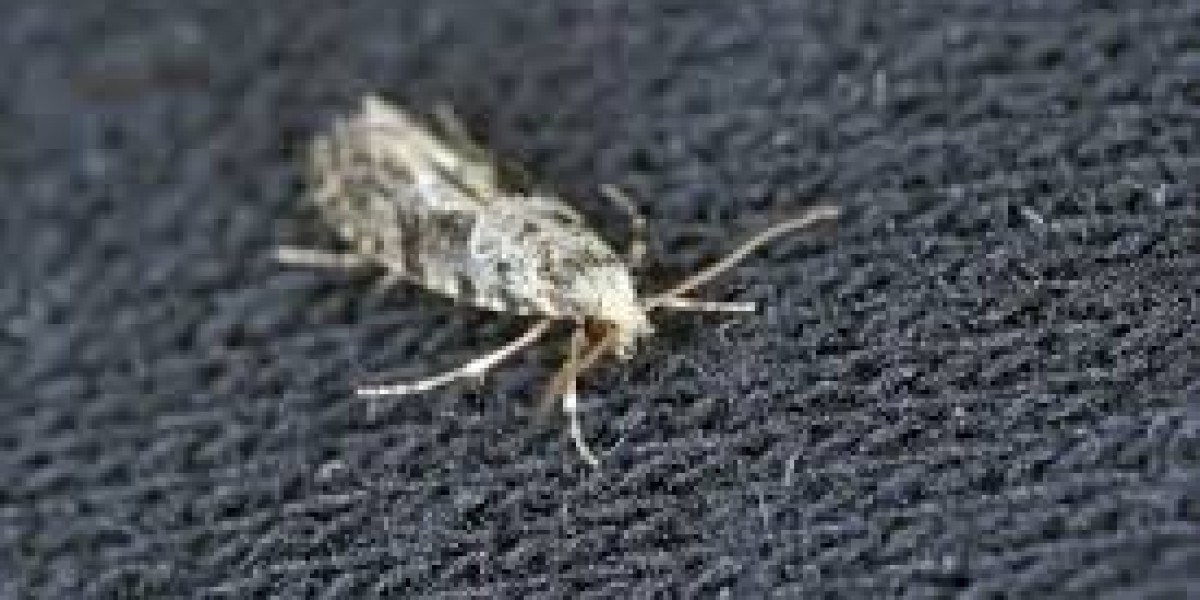Introduction:
Fabrics are not only an integral part of our daily lives but also often hold sentimental or monetary value. From antique tapestries to cherished family heirlooms, textiles require vigilant care to ensure they remain intact for generations to come. However, fabric pests pose a significant threat, capable of wreaking havoc on our beloved fabrics if left unchecked. In this article, we'll explore the world of fabric pest control, equipping you with the knowledge and strategies to safeguard your textiles against these insidious invaders.
Understanding Fabric Pests
Fabric Pest Identification
Fabric pests come in various shapes and sizes, each with its unique characteristics and behaviors. Common fabric pests include clothes moths, carpet beetles, and silverfish. Clothes moths, often mistaken for butterflies, are tiny insects with a penchant for feasting on wool, fur, and other natural fibers. Carpet beetles, identifiable by their oval-shaped bodies and colorful patterns, are notorious for damaging carpets, upholstery, and clothing. Silverfish, with their sleek, silver appearance, prefer starchy substances like cotton and linen.
Signs of Fabric Pest Infestation
Detecting fabric pest infestations early is essential for minimizing damage. Look out for telltale signs such as holes or irregular patterns on fabrics, shed skins left behind by larvae, and musty odors emanating from infested areas. Additionally, spotting live adult insects or their eggs indicates an active infestation that requires immediate attention.
Life Cycle of Fabric Pests
Understanding the life cycle of fabric pests is key to implementing effective control measures. Fabric pests typically undergo four stages: egg, larva, pupa, and adult. The larval stage is the most destructive, as larvae voraciously feed on textiles to fuel their growth and development. By disrupting the life cycle through proactive measures, you can prevent fabric pests from causing extensive damage.
Prevention Strategies
Proper Storage Techniques
Proper storage is paramount in preventing fabric pest infestations. Store textiles in airtight containers or vacuum-sealed bags to deprive pests of access to food sources. Avoid storing items in damp or humid areas, as moisture creates an ideal environment for fabric pests to thrive.
Regular Cleaning and Inspection
Regular cleaning and inspection of textiles are essential for early detection and prevention of fabric pests. Vacuum carpets and upholstery regularly to remove any accumulated debris or larvae. Inspect stored items periodically for signs of infestation, paying attention to dark, secluded areas where pests are likely to hide.
Natural Repellents
Harness the power of natural repellents to deter fabric pests from infesting your textiles. Lavender, cedar, and citrus peels are effective deterrents that emit scents repulsive to fabric pests. Place sachets or cedar blocks in closets and storage containers to create a protective barrier against infestations.
Treatment Options
Non-Toxic Remedies
Non-toxic remedies offer a safe and environmentally friendly solution for controlling fabric pests. Freezing textiles at sub-zero temperatures for several days effectively kills fabric pests and their eggs. Alternatively, heat treatment can be used to eradicate fabric pests by exposing infested items to high temperatures.
Chemical Treatments
In severe infestations, chemical treatments may be necessary to eliminate fabric pests effectively. Insecticidal sprays containing pyrethrins or permethrins can be applied to infested areas to kill adult insects on contact. It's essential to follow the manufacturer's instructions carefully and exercise caution when using chemical treatments in enclosed spaces.
Professional Extermination
For persistent or extensive infestations, seeking professional extermination services may be the most effective course of action. Pest control professionals have the expertise and resources to identify the root cause of the infestation and implement targeted treatments to eradicate fabric pests safely and effectively.
Expert Tips for Fabric Pest Control
Maintain Proper Ventilation
Proper ventilation helps to deter fabric pests by reducing moisture levels and creating an inhospitable environment for their survival. Ensure adequate airflow in storage areas and avoid overcrowding items to prevent moisture buildup.
Rotate Stored Items Regularly
Rotate stored items regularly to disturb fabric pests and prevent them from establishing permanent breeding grounds. By periodically moving and inspecting stored textiles, you can detect and address potential infestations before they escalate.
Use Protective Covers
Protective covers provide an additional layer of defense against fabric pests, particularly for delicate or valuable textiles. Invest in breathable fabric covers or plastic encasements to shield items from pests while allowing airflow to prevent moisture accumulation.
Employ Integrated Pest Management (IPM) Techniques
Integrated Pest Management (IPM) combines various strategies to control fabric pests effectively while minimizing environmental impact. From cultural practices like proper sanitation to mechanical controls such as vacuuming, adopting an IPM approach ensures comprehensive pest management tailored to your specific needs.
FAQs (Frequently Asked Questions)
How can I prevent fabric pests from infesting my clothing?
- Regularly clean and inspect your clothing, store them in airtight containers, and use natural repellents like lavender or cedar.
Are fabric pests harmful to human health?
- While fabric pests primarily target textiles, their shed skins and fecal matter can trigger allergic reactions in sensitive individuals.
Can fabric pests damage synthetic fabrics?
- While fabric pests prefer natural fibers, they may still cause damage to synthetic fabrics if they contain organic residues or oils.
What should I do if I discover fabric pests in my home?
- Immediately quarantine infested items, thoroughly clean affected areas, and consider implementing preventive measures to avoid future infestations.
How long does it take for fabric pests to reproduce?
- The reproductive cycle of fabric pests varies depending on factors such as temperature and humidity, but they can reproduce rapidly under favorable conditions.
Is professional extermination necessary for fabric pest control?
- While DIY methods can be effective for minor infestations, professional extermination may be required for severe or persistent fabric pest problems.
Conclusion
Fabric pest control is a crucial aspect of preserving the integrity and longevity of your textiles. By implementing proactive prevention strategies, promptly addressing infestations, and seeking professional assistance when needed, you can effectively safeguard your fabrics against the damaging effects of fabric pests. Stay vigilant, stay informed, and protect your textiles for generations to come.








